Tokyo often gets labeled as the anime capital of the world, but Japan’s bustling metropolis offers so much more than cartoon characters and manga shops. The city pulses with centuries of tradition, cutting-edge innovation, and unique experiences that have nothing to do with animation or comic books.
Here is a list of 15 extraordinary things to do in Tokyo that’ll make you forget anime even exists.
Explore Tsukiji Outer Market

The inner wholesale fish market might have relocated, but the outer market remains a food lover’s paradise with hundreds of small shops and restaurants. Wake up early to sample some of the freshest sushi you’ll ever taste, alongside dozens of other Japanese delicacies from grilled seafood to tamagoyaki (sweet egg omelet).
Many vendors offer free samples, making it perfectly acceptable to graze your way through breakfast. The narrow alleys packed with specialty kitchen shops also provide unique souvenirs far more practical than cartoon merchandise.
Find Peace in Meiji Shrine
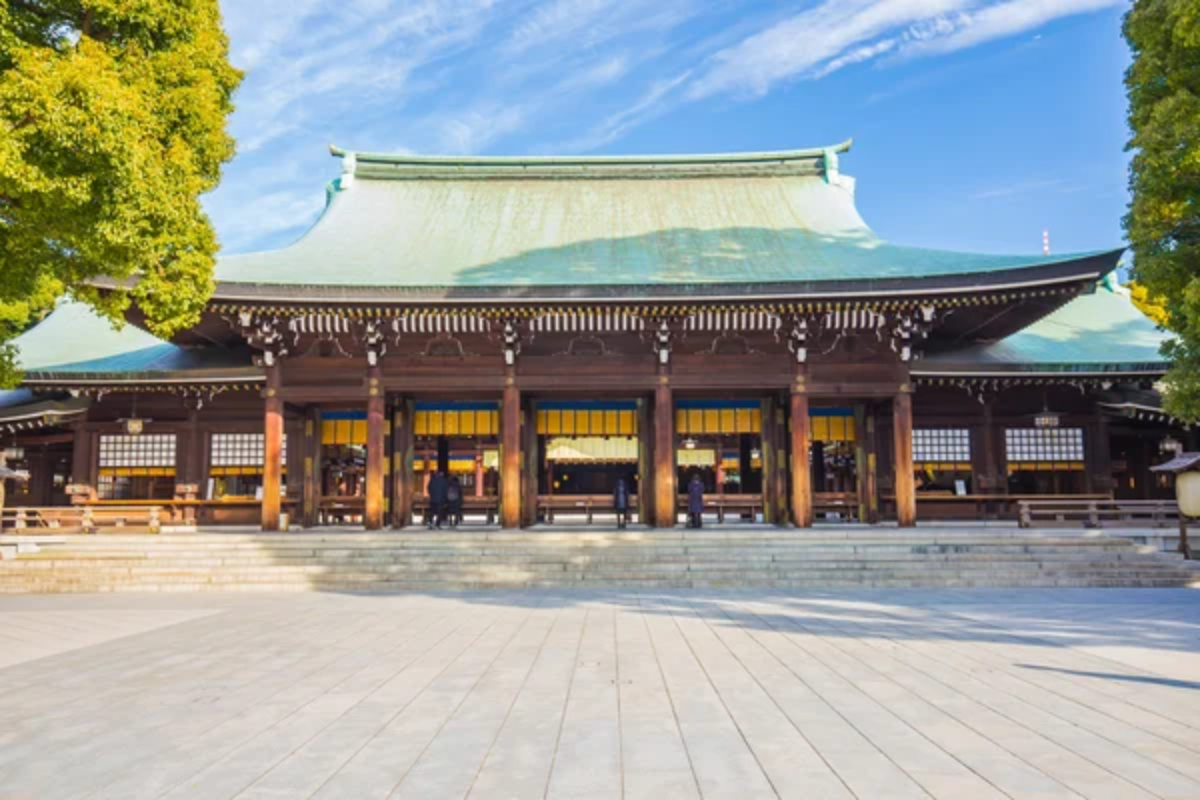
Nestled in a 170-acre forest in the heart of Tokyo, this Shinto shrine offers a remarkable escape from urban chaos. The towering torii gate marks the entrance to winding paths shaded by trees that seem to absorb city noise with each step deeper into the grounds.
On weekends, you might stumble upon a traditional Japanese wedding procession, with the bride in a stunning white kimono and ornate headpiece. The shrine’s inner garden, though requiring a small entrance fee, showcases seasonal flowers and a well where Emperor Meiji’s wife once drew water.
Like Travel Pug’s content? Follow us on MSN.
Wander Through Yanaka Ginza

This charming old-world neighborhood somehow survived both the 1923 earthquake and WWII bombings, preserving a slice of pre-war Tokyo. The narrow shopping street feels more like a small town than part of the world’s largest city, with family-run shops selling everything from traditional crafts to homemade pickles.
Locals shop alongside visitors, creating an authentic atmosphere rarely found in guidebooks. The area’s famous “cat town” reputation comes from the many feline residents lounging in shop windows and on sidewalks, adding to its quirky charm.
Experience Digital Art at teamLab Borderless
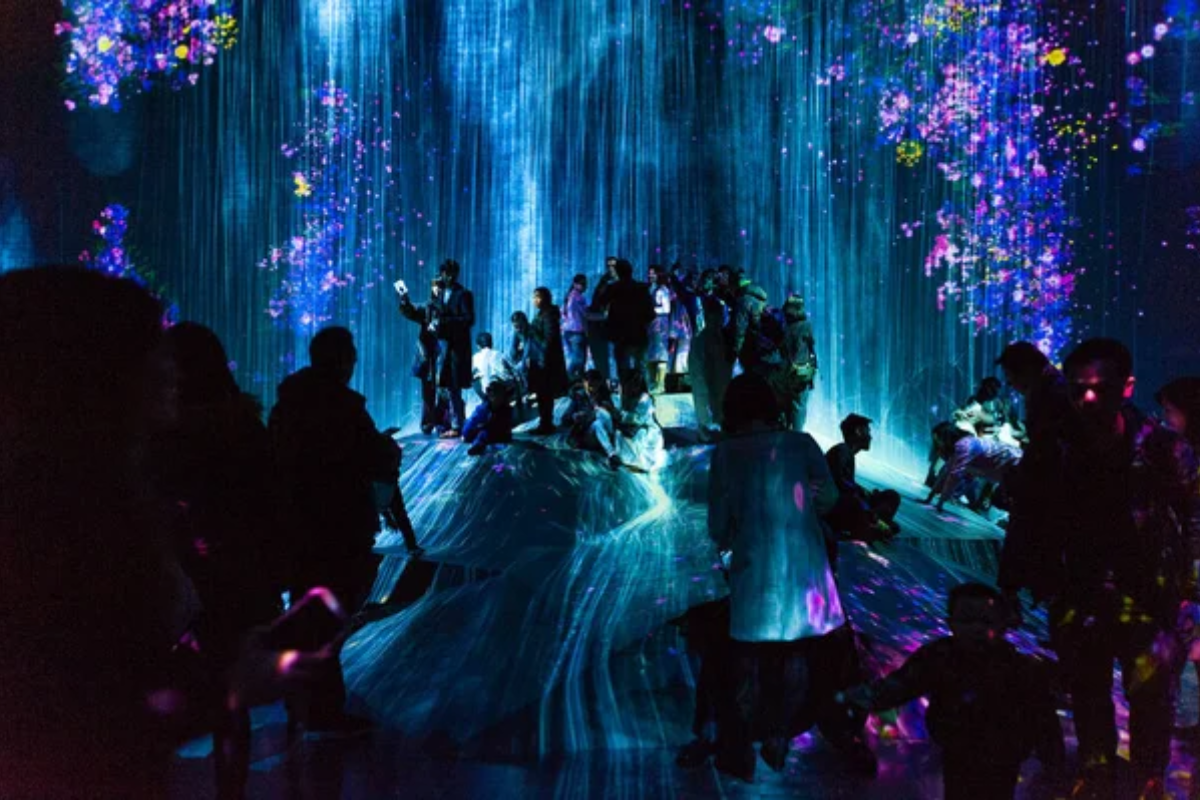
This mind-bending digital art museum creates immersive spaces where art responds to your presence and movements. Walk through rooms where flowers bloom along your path, wade through knee-deep digital water that parts around you, or stand still as butterflies land on your outstretched hand—only to dissolve into pixels when you move.
The constantly evolving exhibitions blur the line between viewer and artwork in ways that feel magical rather than technological. Arrive early to avoid crowds, as the most popular rooms can become packed by midday.
Shop Vintage in Shimokitazawa

This Bohemian district provides an antidote to Tokyo’s sleek department stores with its maze of vintage shops, record stores, and independent boutiques. Fashion-conscious locals hunt for second-hand treasures among racks of carefully curated clothes spanning decades of style.
Between shopping sprees, duck into one of the tiny coffee shops where baristas treat brewing like an art form or catch a live indie music performance at one of the neighborhood’s intimate venues. The area’s relaxed vibe makes it perfect for aimless wandering without a specific itinerary.
Like Travel Pug’s content? Follow us on MSN.
Climb Tokyo Skytree
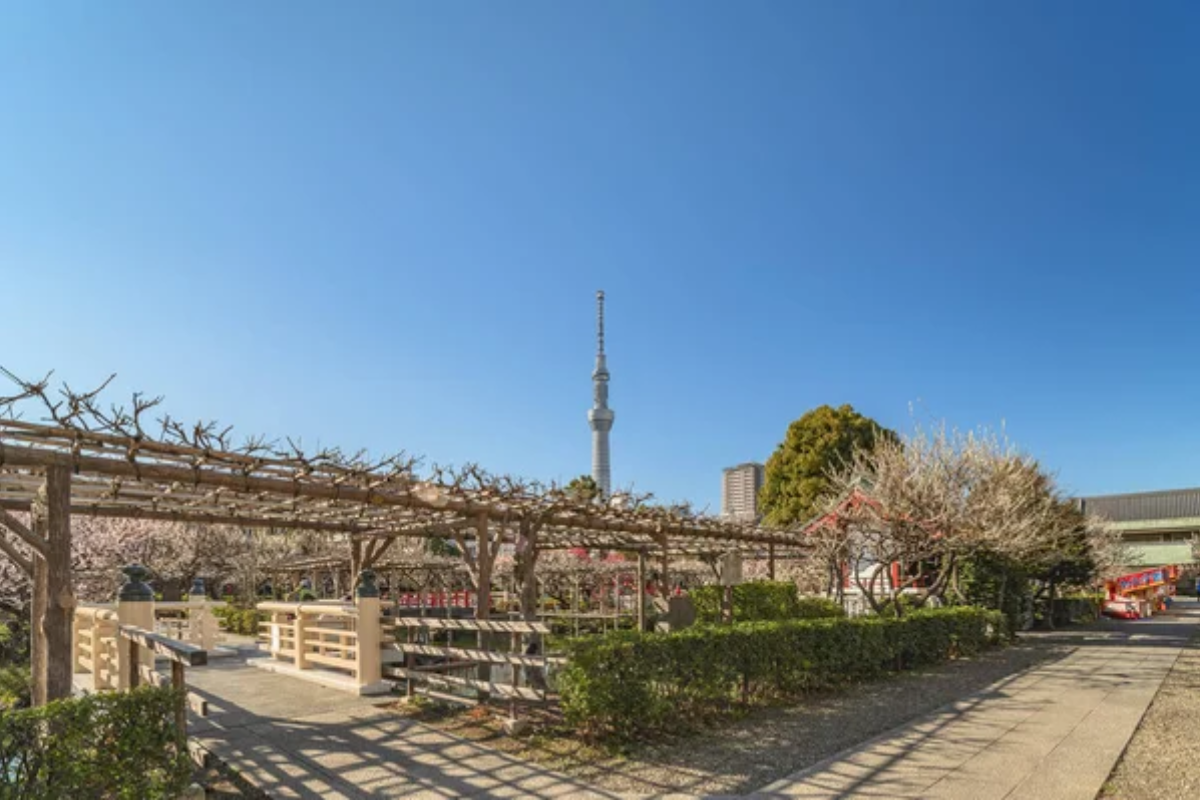
Standing at 2,080 feet, this communications tower offers the ultimate Tokyo panorama from its two observation decks. On clear days, Mount Fuji creates a dramatic backdrop to the endless urban sprawl stretching to the horizon.
The upper Tembo Galleria features a sloping spiral walkway with glass floors that create the sensation of floating above the city. Evening visits transform the view into a glittering ocean of lights that helps explain why Tokyo’s metropolitan area, home to over 37 million people, ranks as the world’s largest urban economy.
Unwind in Inokashira Park
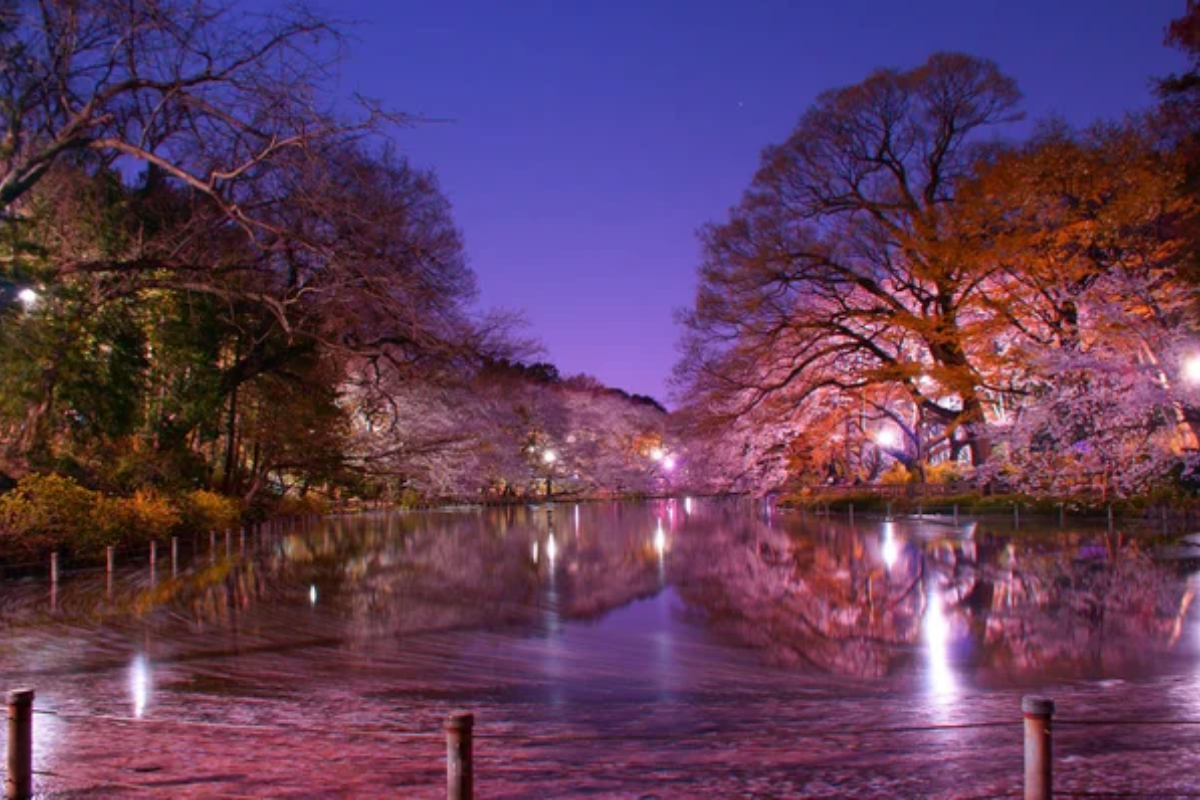
This beloved green space in trendy Kichijoji offers a perfect half-day escape from sightseeing intensity. Rent a swan-shaped paddle boat to navigate the central pond, particularly stunning during cherry blossom season when pink petals dust the water’s surface.
Street performers often entertain weekend crowds, while the park’s free zoo focuses on indigenous Japanese species rarely seen in Western wildlife collections. The adjacent Ghibli Museum—while animation-related—presents the medium as art rather than commercial entertainment, appealing even to those uninterested in typical anime.
Discover Tiny Bars in Golden Gai
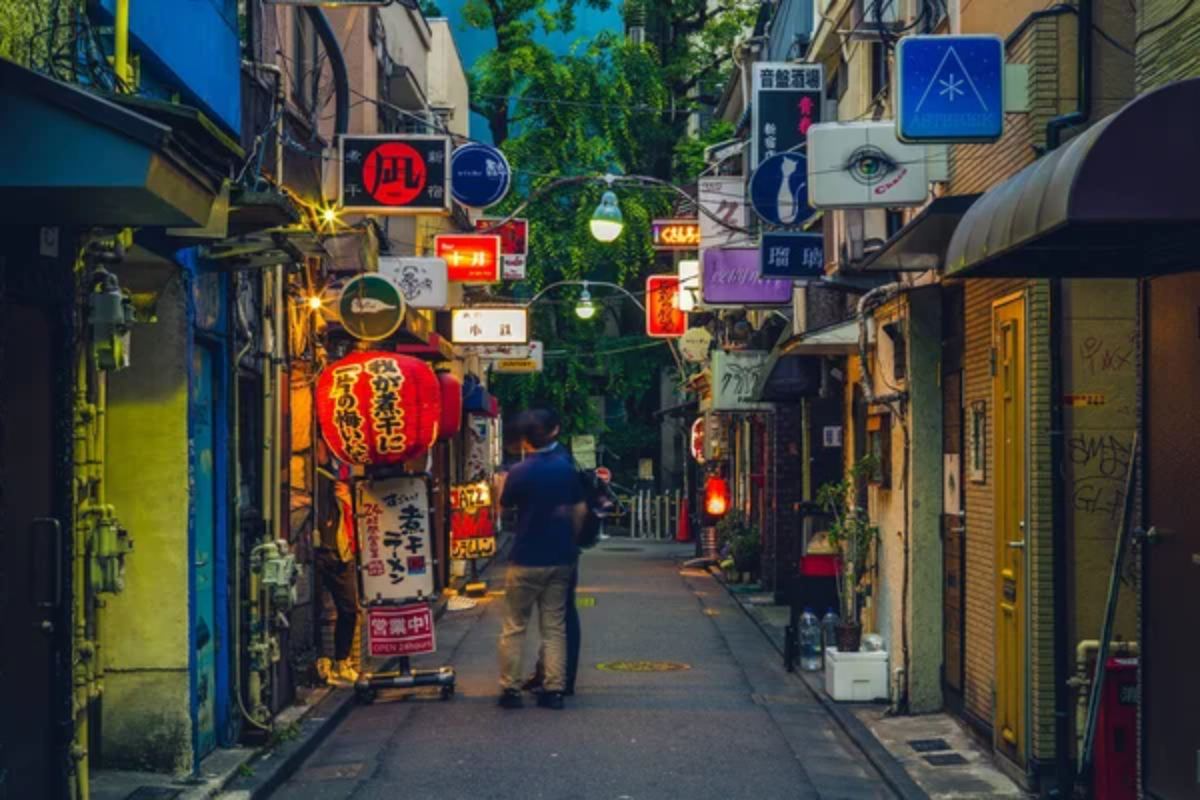
This six-alley network in Shinjuku contains over 200 miniature bars, many seating fewer than ten customers at once. Each establishment reflects its owner’s personality, from music-themed dives plastered with vinyl records to literary haunts where books line the walls.
Though foreigners were once politely turned away, many bars now welcome visitors with English menus and signs. The cramped quarters naturally facilitate conversations with strangers, creating memorable exchanges with locals despite language barriers.
The area’s preserved post-war architecture offers a glimpse into Tokyo before its economic miracle transformed the cityscape.
Like Travel Pug’s content? Follow us on MSN.
Tour the Imperial Palace Gardens
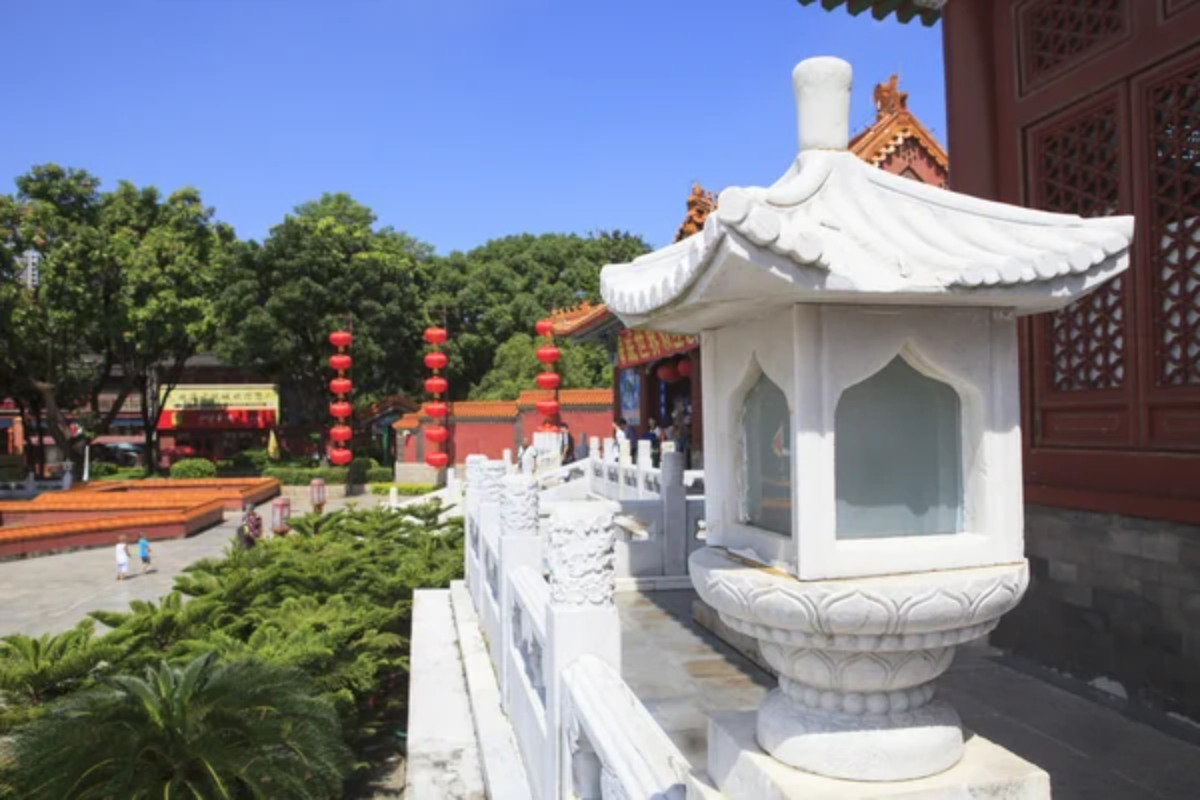
The residence of Japan’s imperial family opens its meticulously maintained gardens to the public year-round. Ancient stone walls, dramatic moats, and centuries-old bonsai trees create a remarkable contrast against the surrounding skyscrapers.
Guided tours offered in English provide a fascinating historical context about the shogunate period and the emperor’s changing role in Japanese society. The East Gardens, always open to visitors, feature seasonal blooms, from plum blossoms to autumn maples, that showcase traditional Japanese landscaping principles designed to create beauty regardless of season.
Attend a Sumo Practice Session
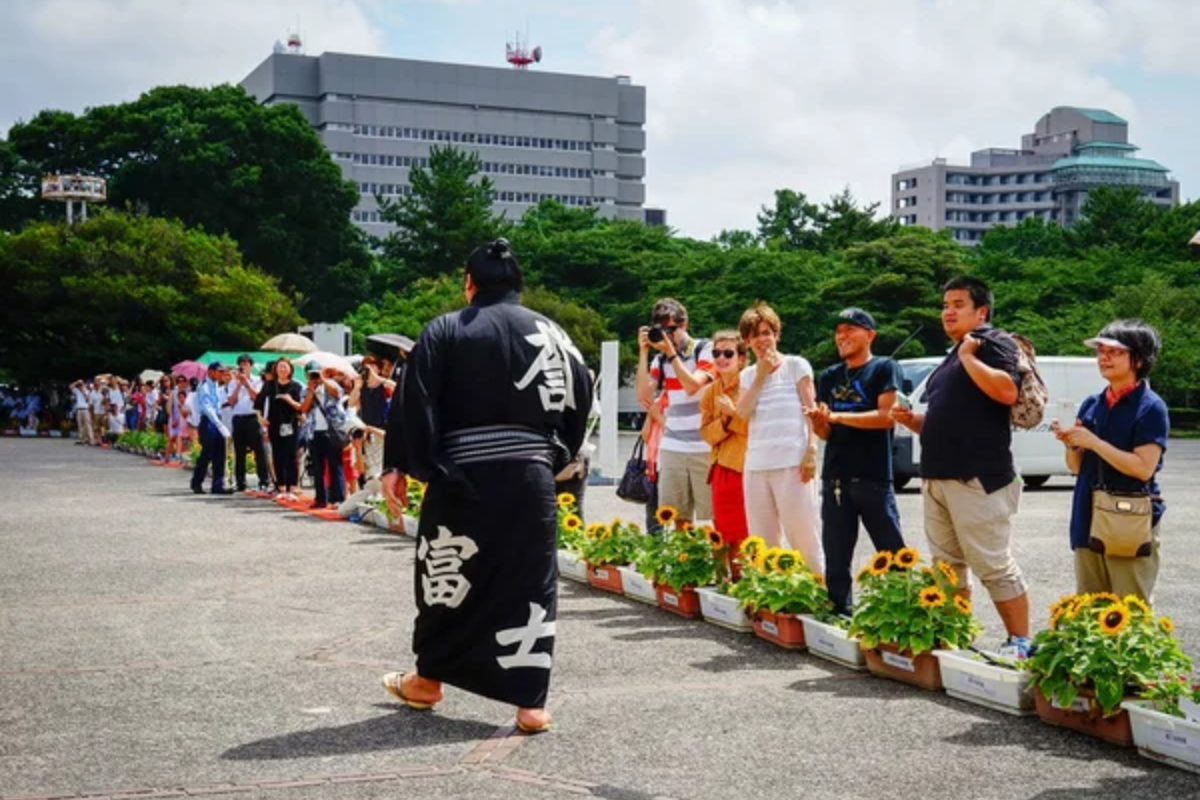
Rather than splurging on tournament tickets, arrange to witness a morning practice session at a sumo stable. These intimate gatherings allow visitors to observe the disciplined training regimen of these massive athletes as they slam into one another with surprising grace.
The rhythmic stamping, clapping rituals, and coaches’ instructions provide insight into this ancient sport beyond what spectators see during official matches. Most stables require reservations through your hotel concierge or a tour company, ensuring you won’t disrupt the serious business of training future champions.
Sample Sake in Kuramae
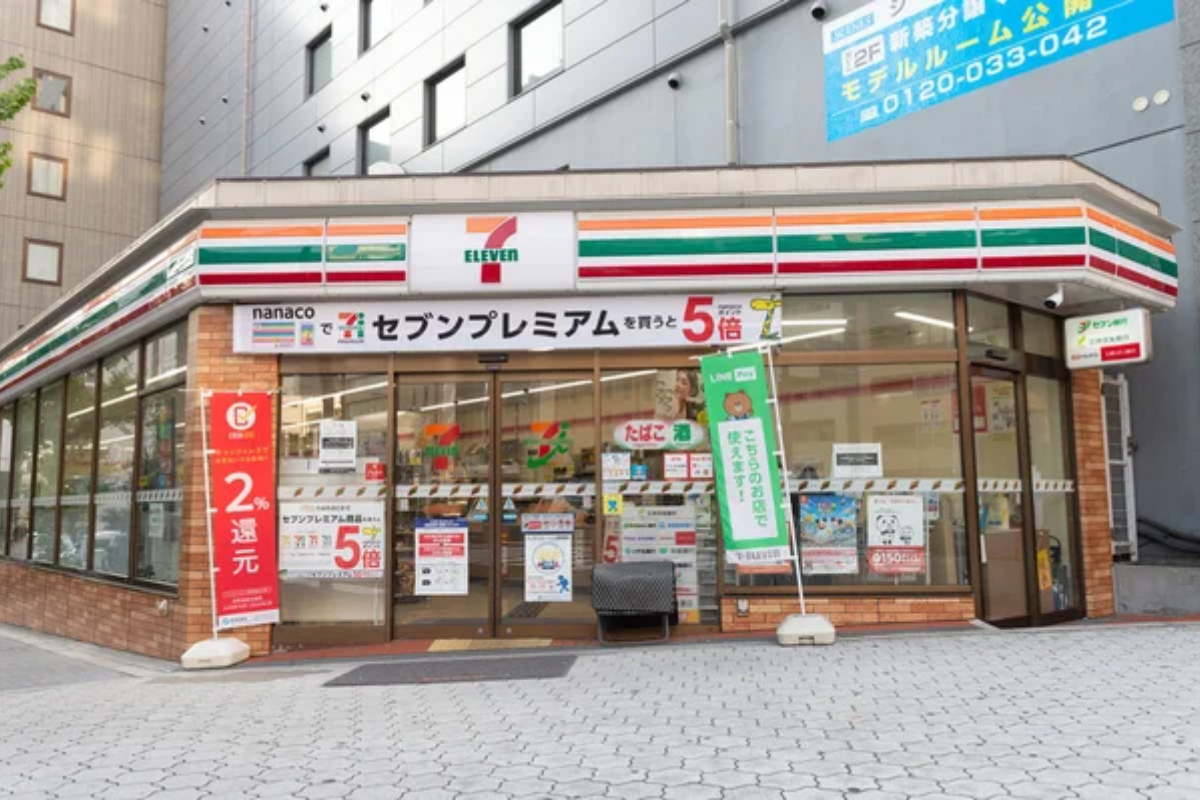
This formerly industrial neighborhood has transformed into a hub for artisanal crafts and small-batch sake breweries. Join a tasting flight to learn the difference between junmai, ginjo, and other varieties of Japan’s traditional rice wine—each with distinctive flavor profiles that depend on the water source, rice polishing ratio, and fermentation techniques.
Knowledgeable bartenders guide novices through proper appreciation methods, including how temperature affects different varieties. The area’s relaxed atmosphere encourages lingering overflights while chatting with brewers passionate about their craft’s revival among younger Japanese drinkers.
Like Travel Pug’s content? Follow us on MSN.
Photograph Architectural Landmarks
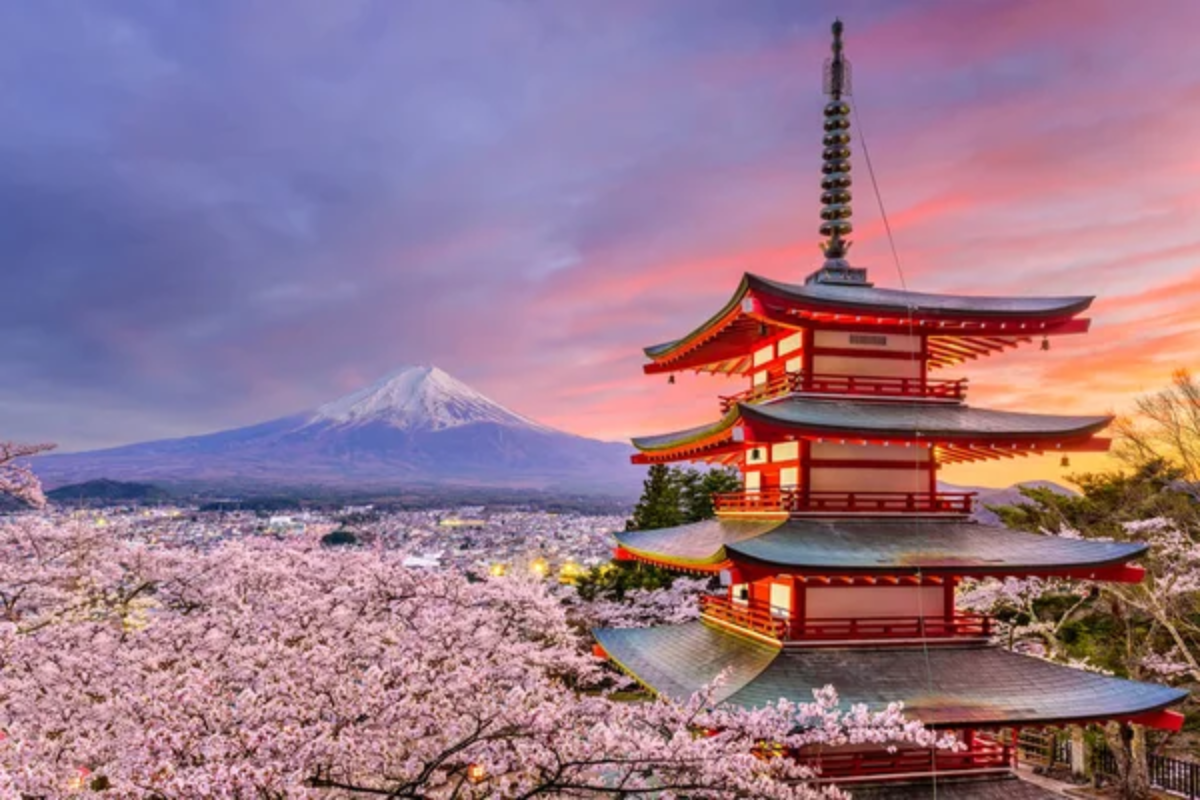
Tokyo’s skyline showcases some of the world’s most innovative architectural designs, from Kenzo Tange’s twin-domed Metropolitan Government Building to Kengo Kuma’s timber-latticed National Stadium built for the Olympics. A self-guided architecture tour reveals how Japanese designers blend ultra-modern aesthetics with traditional concepts of space and natural harmony.
The Prada Building in Aoyama, wrapped in a diamond-shaped glass façade, stands near traditional wooden temples, epitomizing Tokyo’s seamless integration of past and future. The city becomes an open-air museum of structural innovation for those who look beyond street level.
Hunt for Kitchen Treasures in Kappabashi
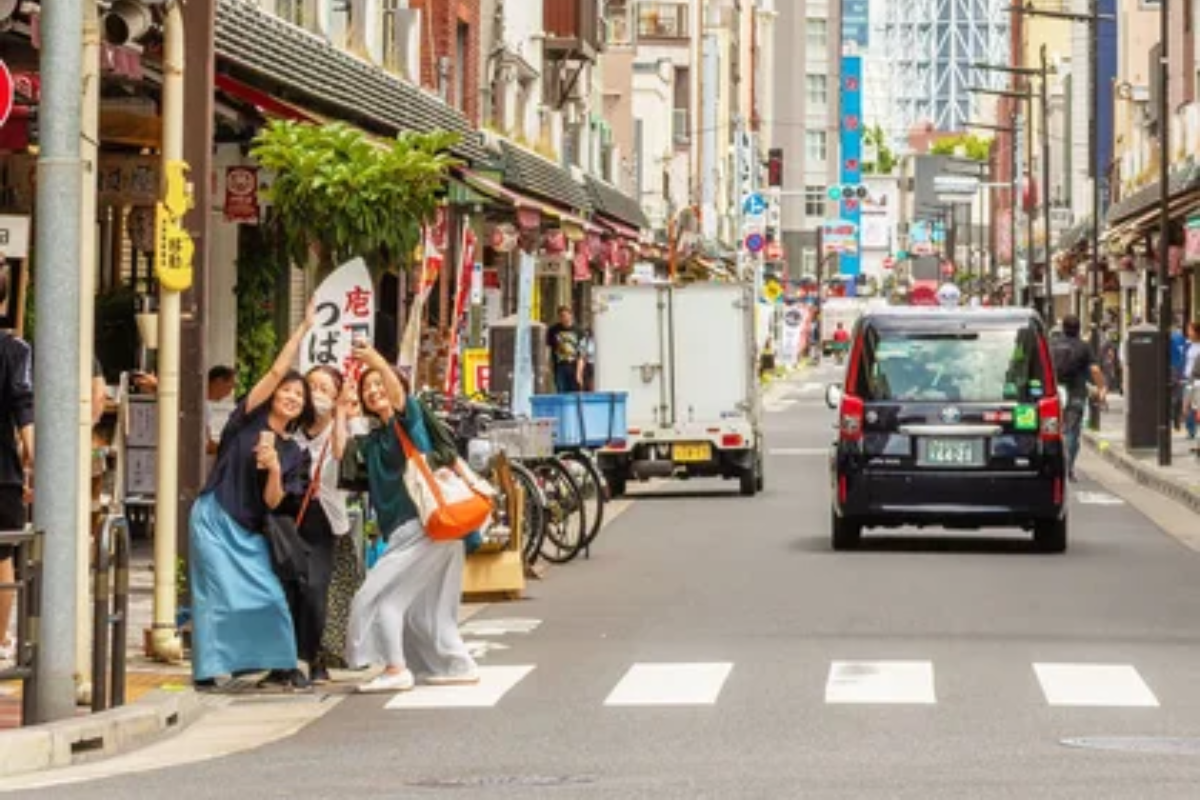
This specialized shopping street caters to restaurant professionals but welcomes curious visitors seeking high-quality Japanese kitchen tools. Browse shops selling handcrafted knives where artisans explain the differences between blade types designed for specific ingredients.
Other stores specialize in chopsticks, traditional ceramics, or the incredibly realistic plastic food models displayed in restaurant windows throughout Japan. Many shopkeepers offer demonstrations of proper knife sharpening techniques or explain the specific purpose behind cooking tools that might seem mysterious to Western cooks.
Everything from copper pots to specialized pickled vegetable presses line the shelves of these specialty stores.
Experience a Traditional Tea Ceremony
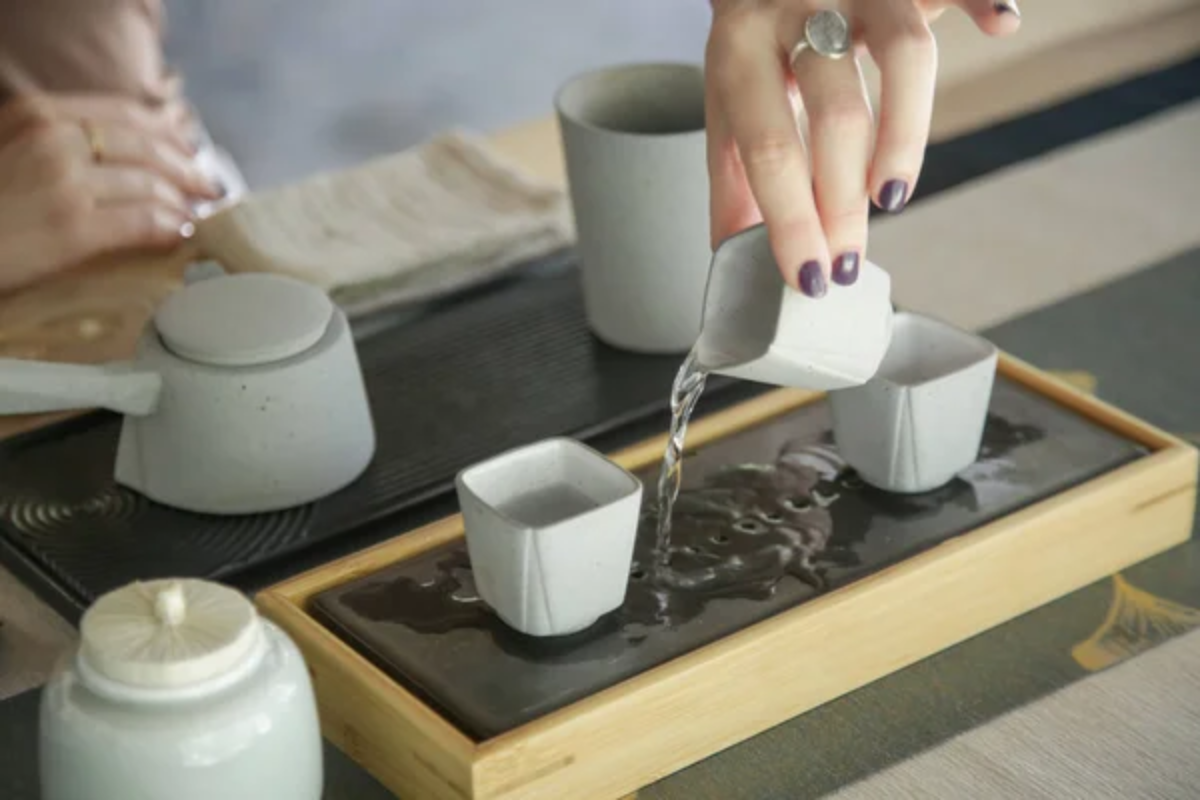
Participate in this meticulously choreographed ritual that transforms the simple act of serving tea into a meditation on mindfulness and hospitality. Several cultural centers offer ceremonies conducted in English, where instructors explain each precise movement and its symbolic significance.
The bitter matcha tea serves as merely one element in an experience encompassing flower arrangement, calligraphy, ceramics appreciation, and seasonal awareness. The ceremony’s deliberate pace forces participants to slow down completely—a welcome contrast to Tokyo’s typically frenetic energy—while the ritualized hospitality reflects core values in Japanese cultural identity.
Like Travel Pug’s content? Follow us on MSN.
Master the Art of Ramen Making
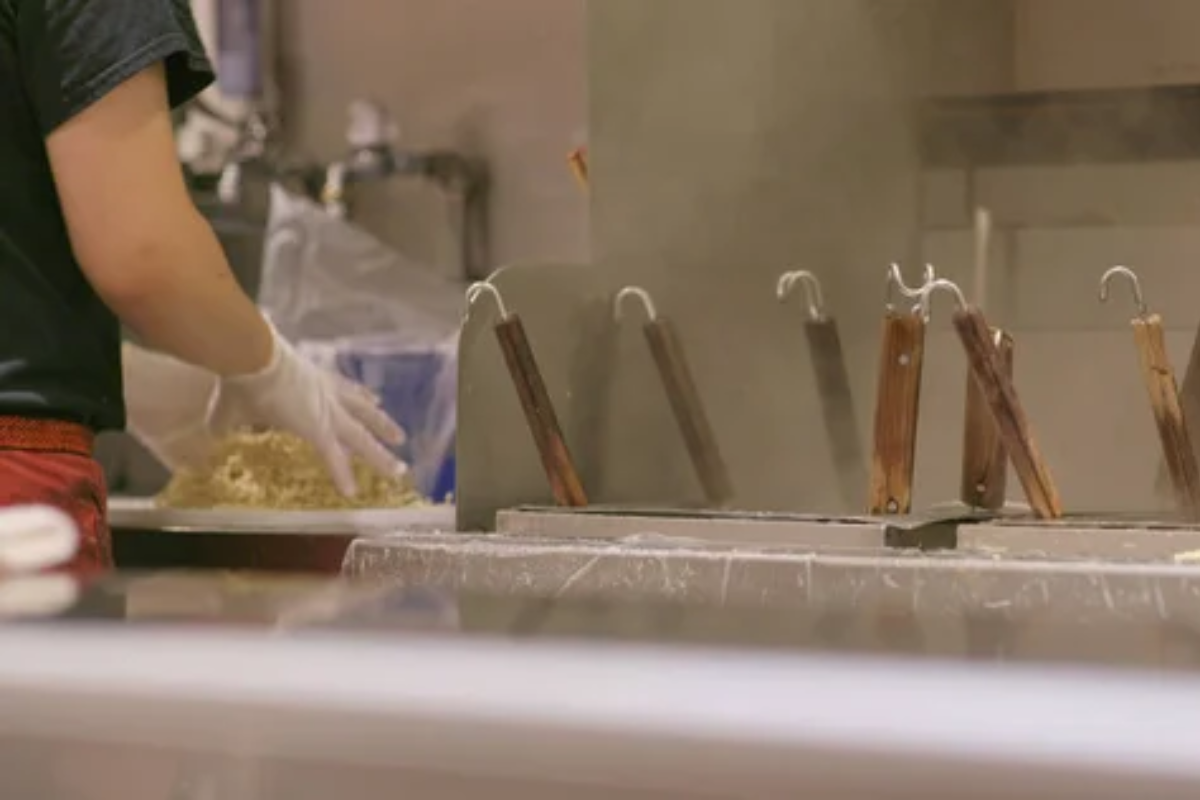
Learn to make this Japanese comfort food from scratch in hands-on cooking classes designed for visitors. Starting with basic dough, instructors demonstrate the technique for hand-pulling noodles to achieve the perfect texture and resilience.
The real revelation comes while preparing complicated broths that simmer for hours, incorporating ingredients rarely found in Western kitchens. After mastering components separately, combine everything into a customized bowl that ruins you for instant ramen forever.
These classes typically include market tours where teachers explain the essential pantry ingredients for recreating authentic versions at home.
Beyond Anime: Tokyo’s Multifaceted Soul
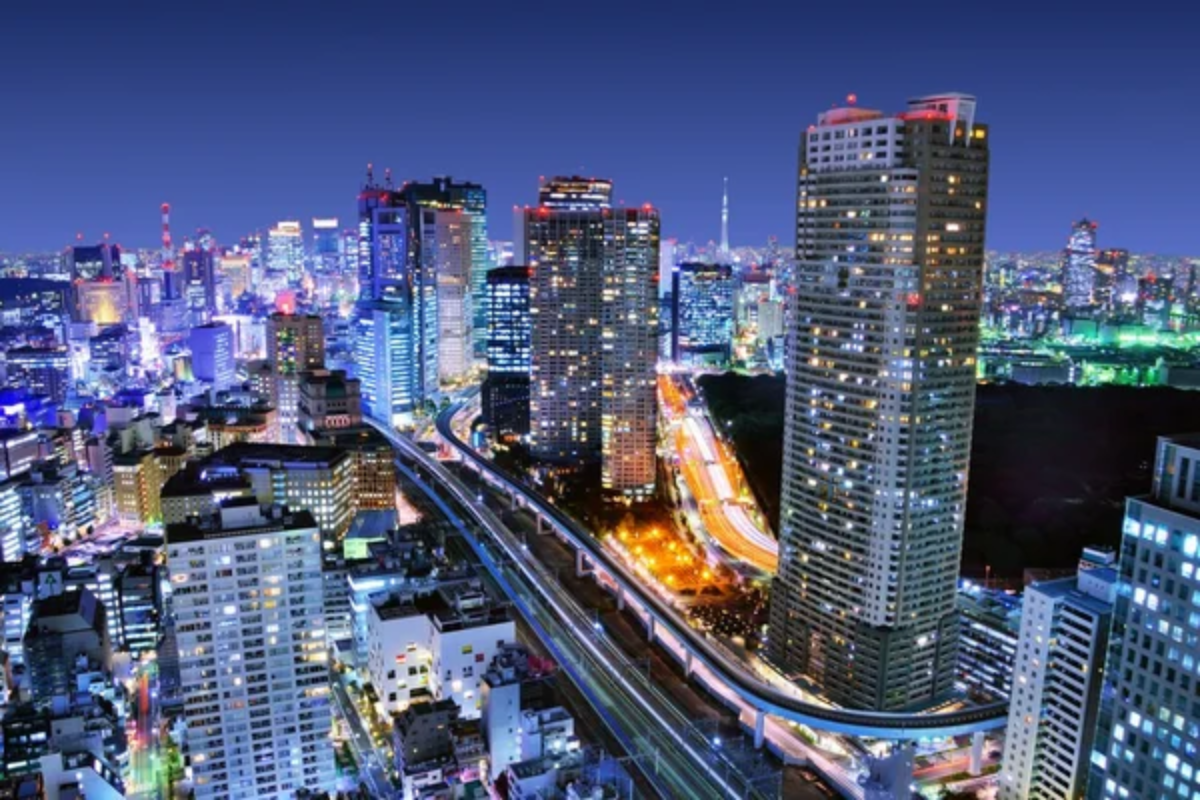
Tokyo rewards visitors willing to look beyond its animated façade with experiences spanning centuries of cultural evolution. From meditative gardens hidden between skyscrapers to futuristic digital art installations, the city constantly juxtaposes tradition against innovation in ways that surprise even seasoned travelers.
Whether slurping handmade noodles in a tiny shop or watching sumo wrestlers train at dawn, these quintessentially Tokyo experiences create lasting memories having nothing to do with cartoon characters—proving this magnificent metropolis offers depths worth exploring regardless of your interest in animation.
More from Travel Pug

- Cities Growing so Fast You Won’t Recognize Them in 10 Years
- 13 Destinations Where Tourists Regularly Regret Their Trip
- 20 Obscure WWII Sites Even History Buffs Don’t Know About
- 10 Under-the-Radar Mountain Towns That Are Both Affordable and Beautiful
- Remote Villages in Europe Where You Can Live for Free in Exchange for Work
Like Travel Pug’s content? Follow us on MSN.
